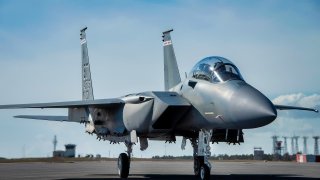Boeing's F-15EX Eagle II: What Makes This Fighter Truly a Game Changer in the Sky
The F-15EX Eagle II, an advanced 4.5th generation fighter jet of the U.S. Air Force, is designed to carry a hefty load of up to 30,000 lbs of munitions, making it the most heavily armed aircraft in the service. It can be equipped with a diverse array of weaponry tailored to both air superiority and ground support roles.
Summary: The F-15EX Eagle II, an advanced 4.5th generation fighter jet of the U.S. Air Force, is designed to carry a hefty load of up to 30,000 lbs of munitions, making it the most heavily armed aircraft in the service. It can be equipped with a diverse array of weaponry tailored to both air superiority and ground support roles.
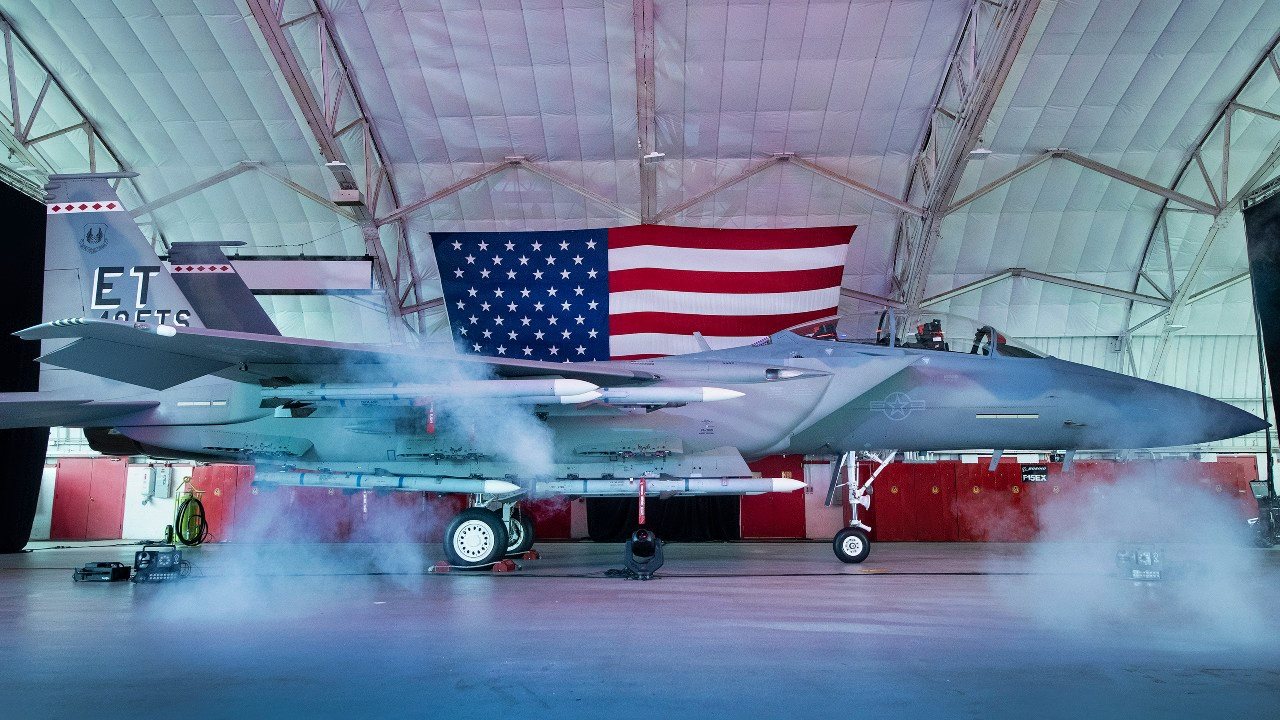
Featuring dual General Electric F100-PW-229 turbofans, the Eagle II boasts impressive speed and agility and is capable of reaching Mach 2.5.
-It's intended as a stopgap solution to address the aging fleets of F-22s and F-15C/Ds, as well as production issues with the F-35s. With an estimated operational lifespan of 20,000 hours and a lower cost per flight hour compared to the F-35A, the F-15EX offers a cost-effective alternative in the long term, despite its higher initial price.
Meet the F-15EX Eagle II: The Air Force’s Formidable Stopgap Fighter Jet
The F-15EX Eagle II is an air superiority fighter jet that promises to solve the Air Force’s problem for the foreseeable future.
F-15EX Eagle II: A Beast of a Fighter Jet
The F-15EX Eagle II is a beast of a fighter jet able to carry about 30,000 lbs of weapon systems. In terms of specific load-outs, in an air superiority role, the F-15EX Eagle II would be able to carry a total of twelve air-to-air missiles, including AIM-9 Sidewinder heat-seeking air-to-air missiles and AIM-120 Advanced Medium-Range Air-to-Air Missile (AMRAAM) beyond-visual range, radar-homing missiles. If the aircraft was called in to support troops on the ground in close air support or take out strategic targets, it could carry up to twenty-four air-to-ground munitions, including conventional bombs, cruise missiles, smart munitions, and stand-off weapons.
With these weapon capabilities, the F-15EX Eagle II is by far the fighter jet capable of carrying the most munitions in the Air Force’s arsenal.
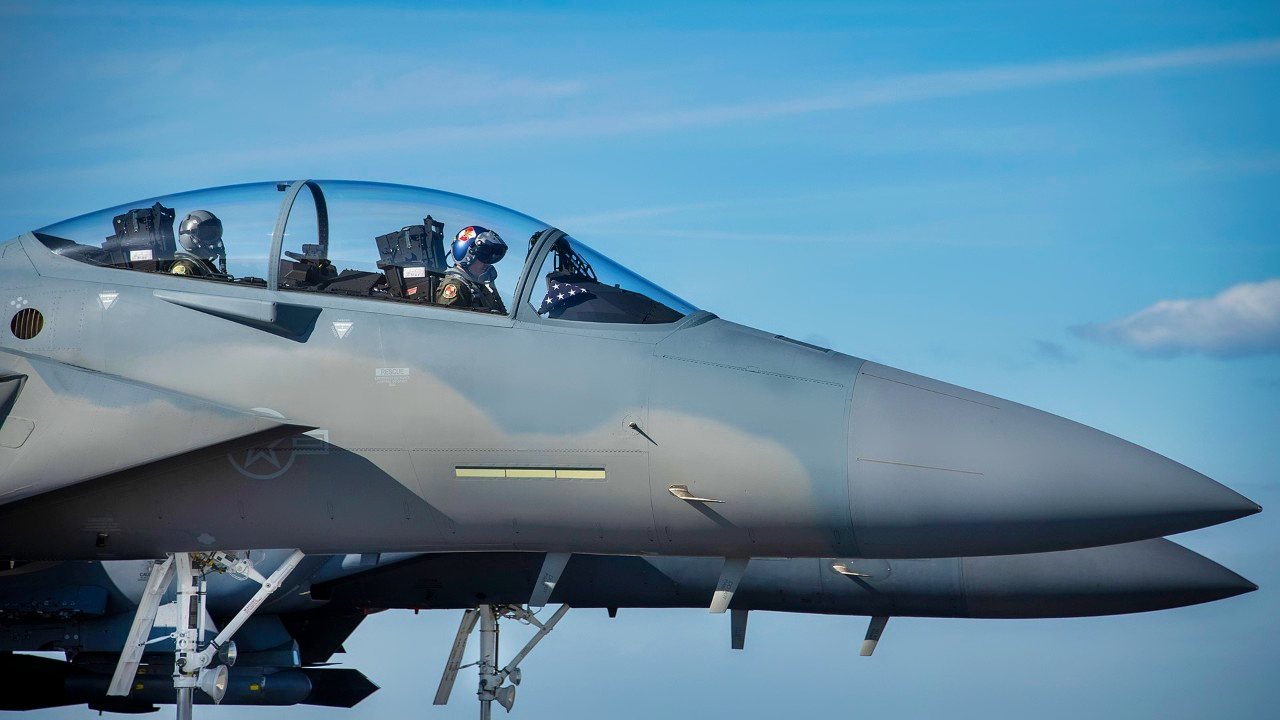
However, despite the heavy weaponry it can carry, the F-15EX Eagle II is fast and agile. Powered by two General Electric F100-PW-229 turbofans with afterburners, each capable of producing 29,000 lbs of thrust, the Air Force’s 4.5th generation fighter jet is capable of speeds of Mach 2.5 (or approximately 2,800 miles per hour) and has a range of over 1,900 miles. In terms of combat radius, or the range in which the F-15EX Eagle II would be able to cover in combat, the aircraft has about 690 nautical miles or 795 miles.
The Reason
Why the F-15EX Eagle II, you ask? For various reasons with regard to the operational status of the Air Force’s fleet.
The F-22 Raptor, a fifth-generation stealth fighter jet, is aging, and the Air Force is struggling to have enough jets operational (the fleet number is around 100 out of the 156 aircraft delivered). Moreover, the F-22 Raptor production line is closed, meaning that the plane is slowly dying due to the lack of spare parts.
Then, the Air Force’s F-15C/D Eagle fleet has been flying for more years than initially intended. Although the aircraft is still capable, it won’t be able to operate for much longer.
Moreover, the F-35 Lighting II is also facing serious production issues, with deliveries being halted because of manpower shortages and delays in software updates.
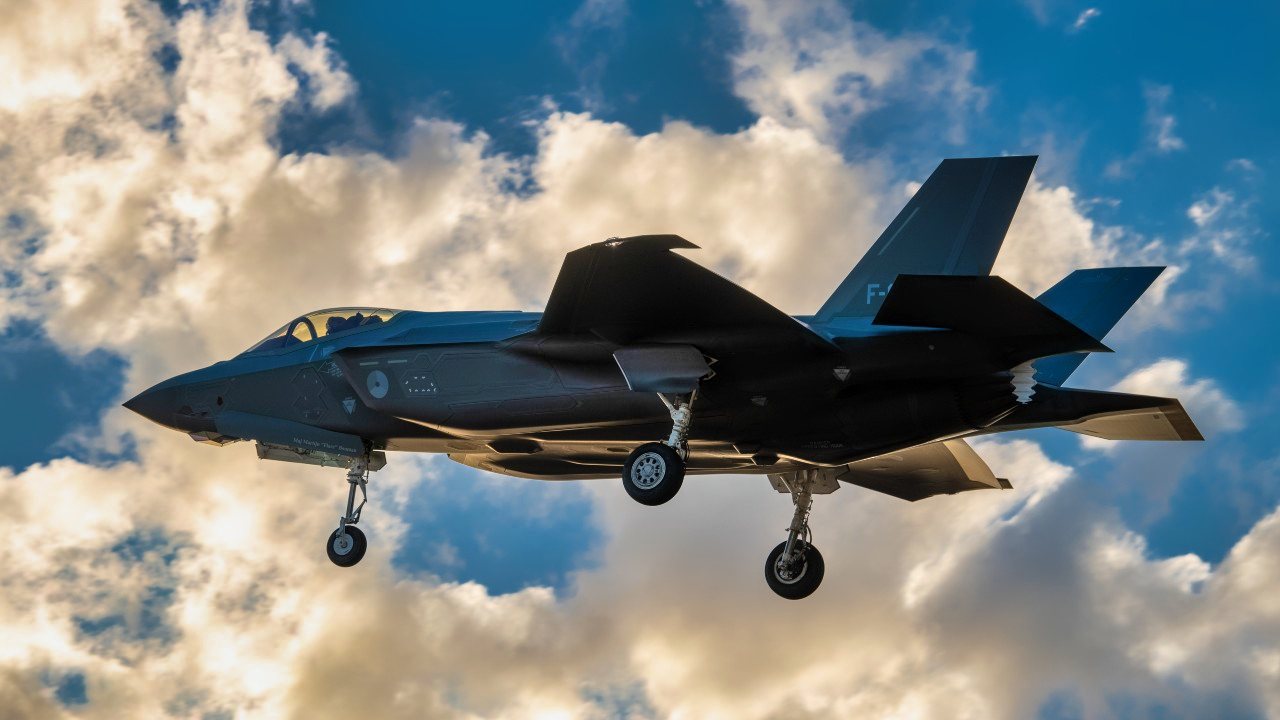
So, the Air Force is looking to the F-15EX Eagle II to serve as a stopgap until the F-35’s production issues are sorted out and the Next Generation Air Dominance (NGAD) program becomes operational.
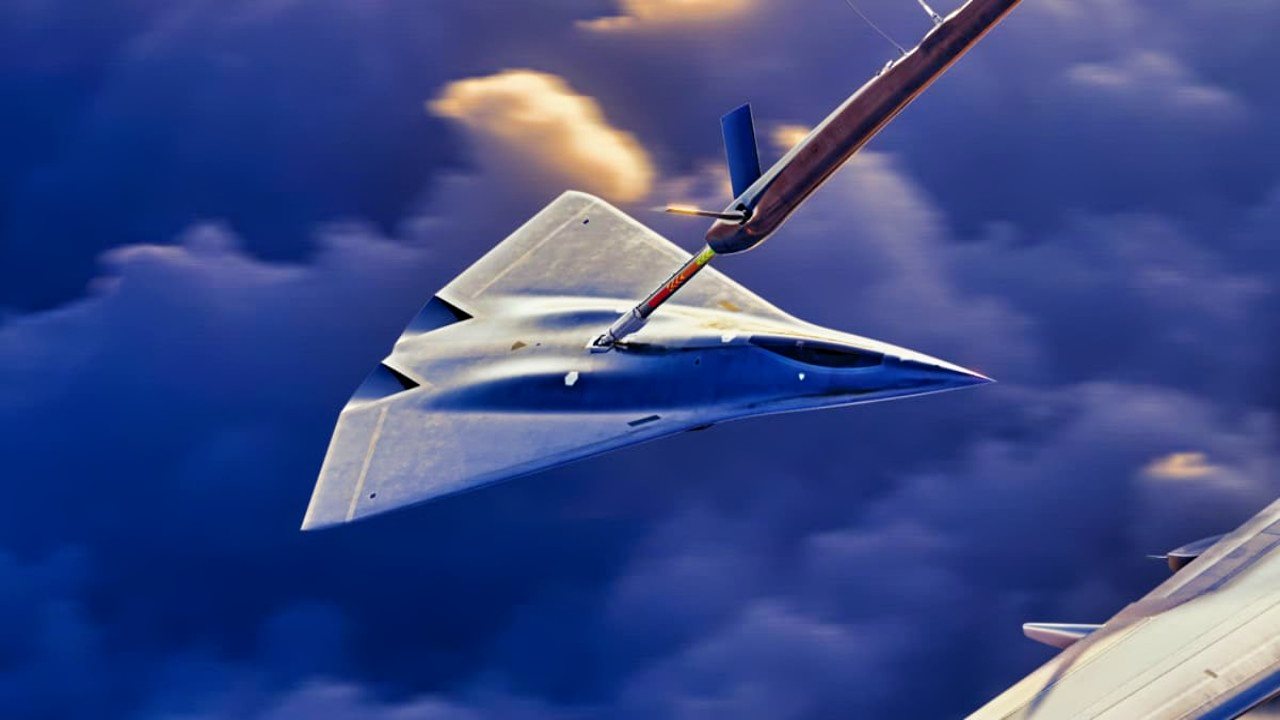
The Air Force plans to procure about 105 fighter jets with a cost per aircraft of around $94 million. This is an expensive buy and pricier than the “A” version of the F-35 Lighting II stealth fighter jet (about $81 million per aircraft) that the Air Force uses. But there is a catch. The Pentagon expects the F-15EX Eagle II to be cheaper in the long term. You see, the Air Force predicts that the F-15EX Eagle II will fly for 20,000 hours ($29,000 per hour) compared to the 8,000 hours ($40,000 per hour) of the F-35A. As such, the 4.5th-generation fighter jet has the potential to be cheaper over time.
About the Author:
Stavros Atlamazoglou is a seasoned defense journalist specializing in special operations and a Hellenic Army veteran (national service with the 575th Marine Battalion and Army HQ). He holds a BA from Johns Hopkins University and an MA from the Johns Hopkins School of Advanced International Studies (SAIS). His work has been featured in Business Insider, Sandboxx, and SOFREP.
Image: Creative Commons.


